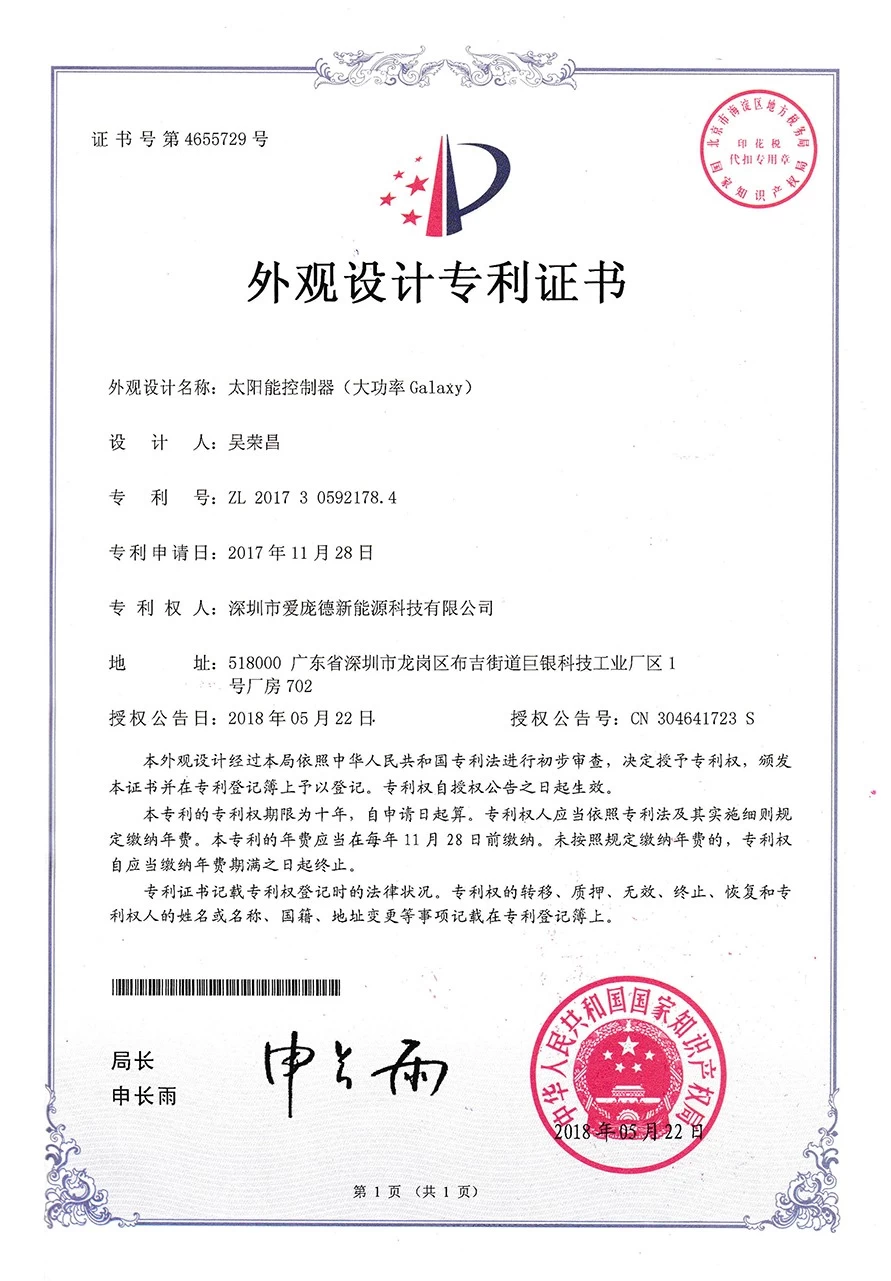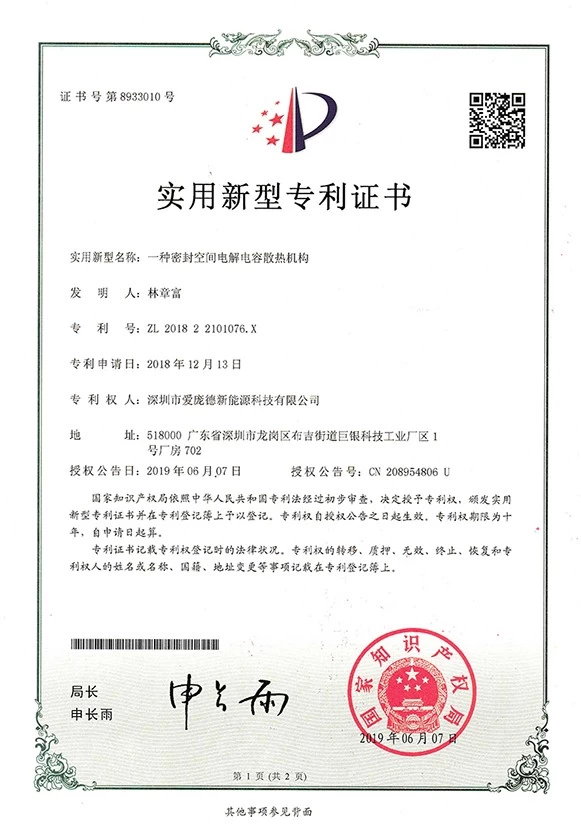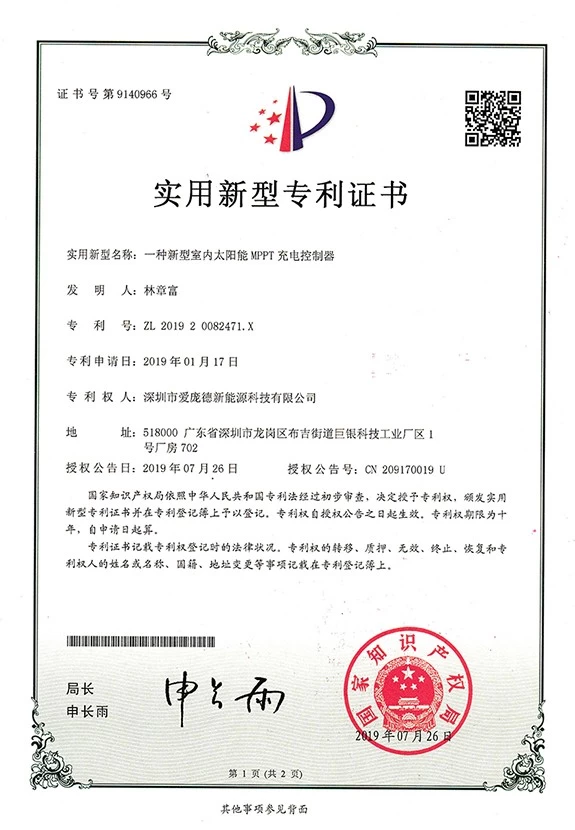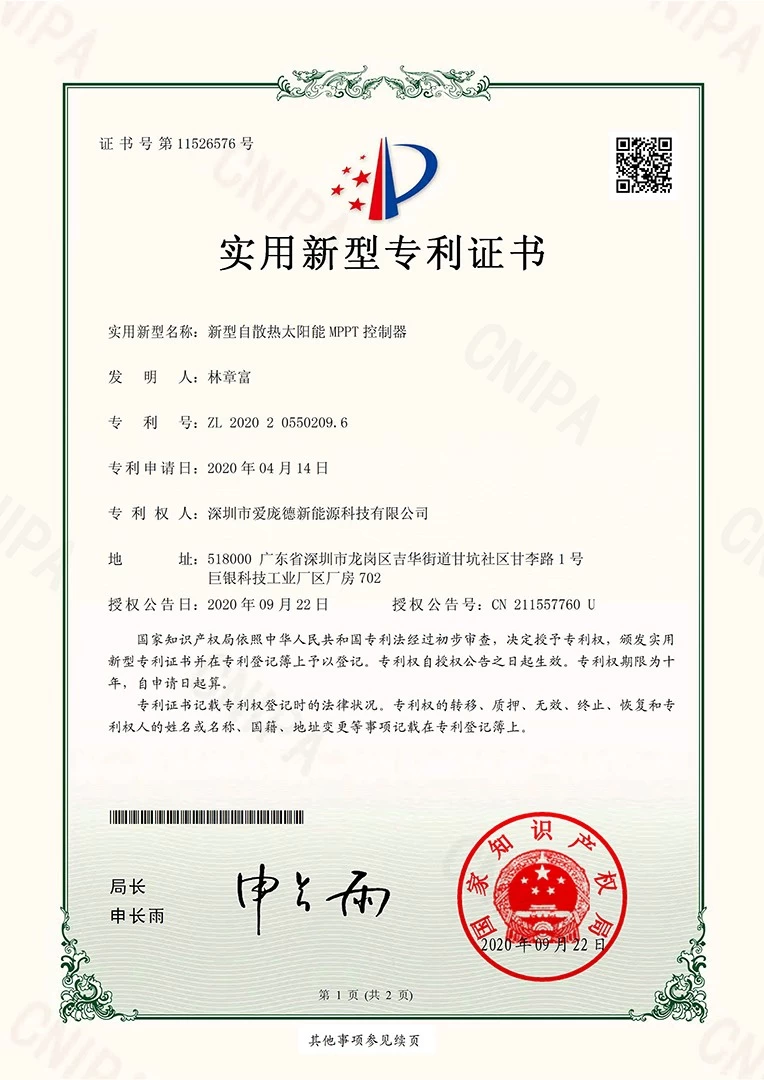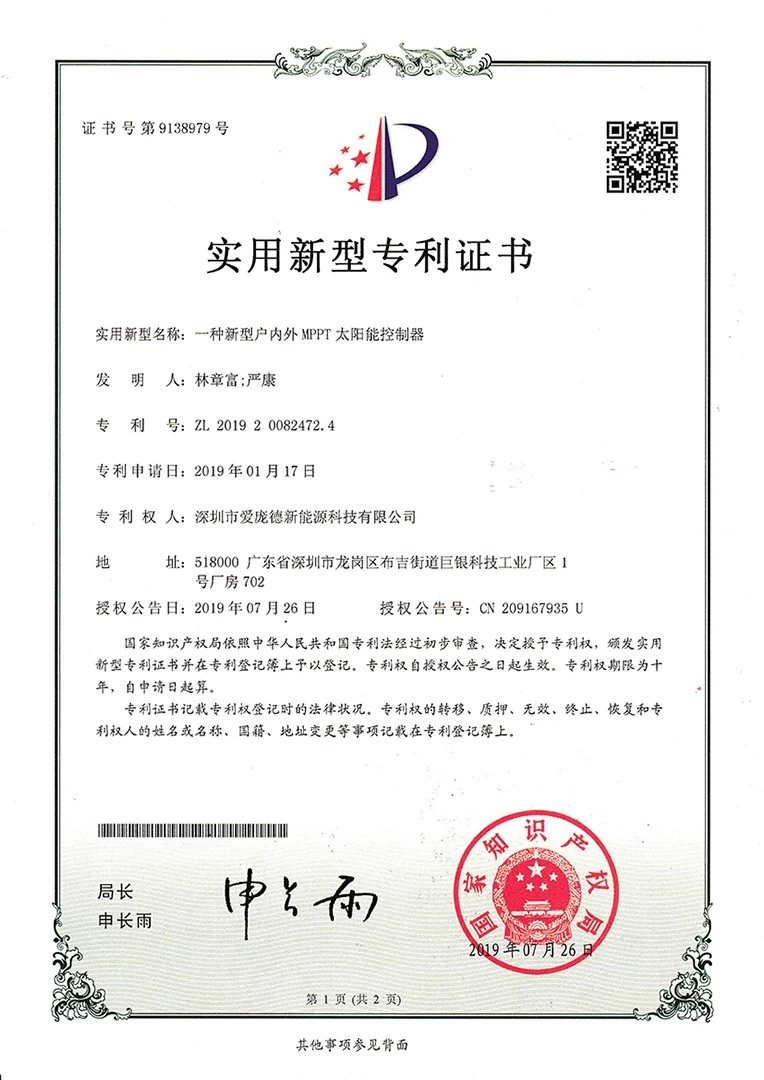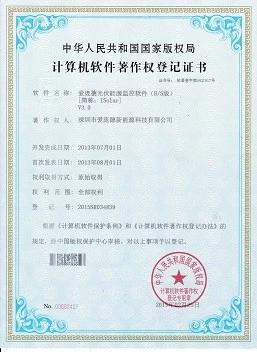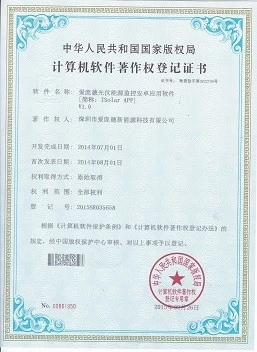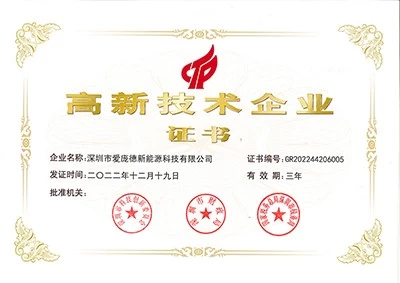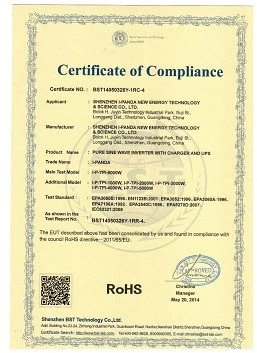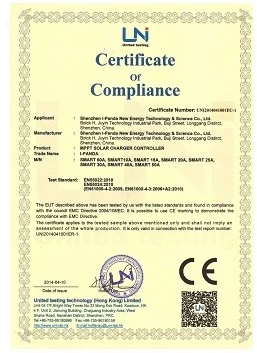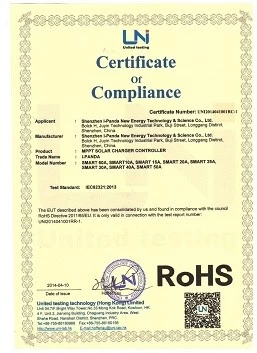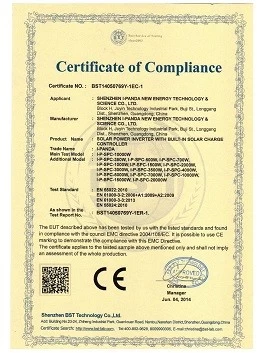Spain's New Deal: Expected to grow 400MW per year
A number of Spanish ministers announced a rule of law that was implemented immediately. Since then, José Donoso, head of the photovoltaic association UNEF, has indicated to PV Tech that “our views are very positive. This is a very important step in stabilizing the situation and determining the certainty of supply regulation.”
In October of last year, the ban on the sharing of self-use projects was overturned by the earlier rule of abolishing the so-called solar tax. The rules introduced this week are aimed at providing specific content. The rules allow for the establishment of collective projects at 500 meters away from the consumer space, and may allow citizens to jointly develop public power projects.
Donoso shows, “This is one of our core needs.”
“The Spanish Constitutional Court confessed that it was ridiculous to stop collective self-use projects. Now Spain has great potential to develop residential, shopping or industrial park projects.”
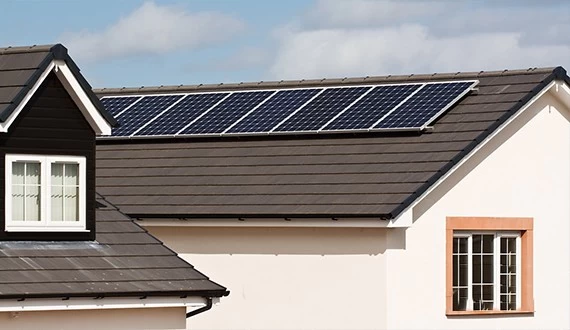
Electricity bill discount as compensation
The law of October of the previous year removed the first major obstacle to the prevention of self-use projects, namely the lack of compensation. The law confessed that individuals have the right to compensate for the excess electricity they return to the grid, and according to the previous rules, individuals are not entitled to compensation.
This week's law once again rules the way in which this general principle works. Utility companies will provide citizens with a discount on electricity bills instead of directly paying compensation. Donoso shows that the new net settlement system will reduce the amount of clutter that is directly paid.
“The problem with direct sales to utility companies is that individuals are considered to be engaged in economic activities and need to collect and report VAT.”
“This is offensive to the citizens who are considering moving to their own projects.”
Donoso showed that UNEF's only dissatisfaction with the law is the monthly nature of the grid. “The annual calculation method will reflect the solar cycle more fairly.” “For example, a citizen may not be at home in August. Due to insufficient self-use, he has to abandon the power that cannot be connected to the grid, and the situation in February will be exactly the opposite. ”
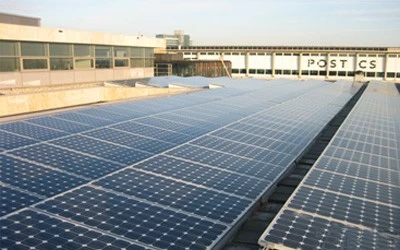
Estimated annual growth of 400MW
UNEF estimates that regulatory mitigation measures may help stimulate Spain's annual development of 400MW of self-use projects. In 2018, roof-use projects accounted for 235.9 MW (about 90%) in the national 261.7 MW project in Spain.
Political events will drive this trend. If the winners of this month’s elections are agreed, the Spanish Power Programme will be launched on a “massive” basis through the national strategy. The prime areas such as Andalusia are being promoted by special funding programs.
As Donoso pointed out, the regulatory structure is not perfect. After the release of this week's law, the Spanish competition authority CNMC plans to develop a new self-use grid-connected decree before September, and the new government will introduce other regulations that regulate the same category.

Solar charging controller - Solar Controller - GALXXY MPPT controller
We are a professional manufacturer of R&D, production, sales and service.MPPT controller,InverterNational key high-tech enterprises of UPS, solar energy, wind energy and other energy power products. The main products include industrial gradeMPPT solar controller,Solar inverters, solar power systems, UPS and other energy products. It is a leading manufacturer of MPPT controllers in China.
Disclaimer: The content is partly from the internet. In order to pass on more information, it does not mean agreeing to its views or confirming its description. Article content is for reference only. If there is any infringement, please contact in time.





